
I am so happy with this braidable gluten-free challah that it even got me to update this dormant blog, so I could share the recipe. I haven’t posted here in five years. Mostly because work, life, and family have taken precedence over an unpaid blog. Plus, there are so many other gluten-free blogs out there these days that I didn’t feel the need.
But, through the years, one thing has remained true. It’s been almost impossible to find a braidable gluten-free challah recipe — until now! Most food can be cooked gluten-free with great results (try our amazing recipe for brownies!). But gluten-free bread is hard. And gluten-free braidable bread is almost impossible.
The gluten in wheat is responsible for the stretchiness of dough. Without gluten, you’re simply not going to get silky, stretchy, shapeable dough. Gluten-free bread dough, no matter what recipe you use, looks more like cake batter. It is thick and tacky and does not want to be prodded or braided.
So, during Covid, I’ve experimented and come up with a fluffy gluten-free challah recipe that you can actually braid. Mind you, it is not the yellow fluffy bread that you once knew as challah. But let go of the past and embrace the gluten-free present.
So, during Covid, I’ve experimented and come up with a fluffy gluten-free challah recipe that you can actually braid.
Special ingredients
In this recipe, I’ve used some ingredients that act as binders. These help the dough stick together more, so it is shapeable and braidable without being as sticky. I’ll explain why I’ve used these ingredients in case you’re curious, although don’t let this lengthy description scare you off. But most of the ingredients are pretty common, unlike the psyllium husk that some recipes call for.
Higher-protein gluten-free flours give bread dough more structure. In the old gluten-free days, we used to mix our own blends by using several different types of gluten-free flours (like sorghum or teff). But who wants to bother with that these days? I certainly don’t.
Gluten-free flour
I’ve used my favorite gluten-free flour blend, Bob’s Red Mill Gluten-Free 1-to-1 Baking Flour. (I actually got to interview Bob once. I was so geeked about that!) Note that Bob’s 1-to-1 flour blend contains xanthan gum, so you don’t need to add more for this recipe. If you are using a gluten-free flour blend without xanthan gum, you’ll need to add 1 tablespoon xanthan gum.
Flax
To add more protein to the flour blend and give the dough more structure, I added flax meal. Flax is also a good binder. For instance, 1 tablespoon of flax meal mixed with 3 tablespoons of warm water can be used as a vegan egg substitute. If you don’t have flax meal, you might be able to skip it and substitute more of the oat flour instead, but please note that I have not tested it this way. (If you buy flax meal, you can use it to add protein and fiber to smoothies.)
Oats
I included gluten-free oats in this recipe, because challah really should contain one of the five grains specified in the Bible — wheat, rye, barley, spelt, and oats. (OK, technically, I think this challah would need to contain more oats, but let’s not focus on that.) Oats also add protein to the dough. To make oat flour, I take regular gluten-free oats and grind them into a powder with a coffee grinder. (And you do know, don’t you, that you need to buy purity protocol oats that are certified gluten-free, because of a high chance of cross-contamination with gluten?)
Almond milk
Usually, to make bread, you proof the yeast in warm water. But one can proof yeast in warm milk. In this recipe, I proof the yeast in warm almond milk, so that the recipe is pareve and dairy-free. The protein in the almond milk also helps with the structure of the dough — at least that’s my unscientific theory.
Egg replacer
I also used 1 tablespoon of egg replacer in this recipe, in addition to the eggs. My theory is that in vegan baking, you’d use egg replacer to help with the binding and the rising. So I used 1 tablespoon of egg replacer to add lift here. Egg replacer powder helps provide lift without the stickiness of an extra egg. Two popular brands are Ener-G and Bob’s Red Mill.
You could probably omit the egg replacer if you don’t have it, though I haven’t tested it that way yet. I bought the egg replacer at Target, so it isn’t as hard to find as you’d think. It’s good to have on hand if you do any vegan baking, want to make edible cookie dough, or if you run out of eggs one pandemic day.
Banana (don’t worry, you won’t taste it)
It might seem like an odd choice, but I also included a mashed banana. This is another vegan baking trick that I learned from a friend. Bananas can be used as an egg replacement in vegan baking, so I reasoned that it would help with the binding here. Plus, many gluten-free baked goods tend to be dry. The banana adds moistness and fluffiness to the challah. I 100% promise you that you will not taste the banana in the finished bread. If, nonetheless, you are totally averse to banana, you could use one of those 4-ounce kid cups of applesauce instead, but you’ll actually taste the applesauce more than you’d taste the banana. If you’re using a frozen banana here (I always freeze brown bananas), defrost it and mash it up with its liquid (don’t discard the liquid).
Working the dough
Despite all these tricks, the dough can still be a little sticky and hard to manipulate. When braiding, flour your work surface well. Sprinkle a little flour on top of the ropes of dough too, so they won’t be sticky. If you find that an area is still sticky, sprinkle more flour on it.
This recipe works best when used to make two smaller challah loaves, rather than one big loaf. It is easier to maneuver the dough for two smaller loaves.
This challah does not store well on the counter or in the refrigerator. It will dry out like a rock if left out overnight (sorry). But it freezes beautifully. So if you make the challah ahead of time or have leftovers, wrap the challah in plastic wrap, put it in a zip-top bag, and stick it in the freezer. Then defrost it in the microwave or in the oven when you want to eat it, and it will be fantastic.
Don’t be scared off by the extra steps and special ingredients. It’s worth it! The result is a braidable fluffy gluten-free challah that you’ve been craving for so long!
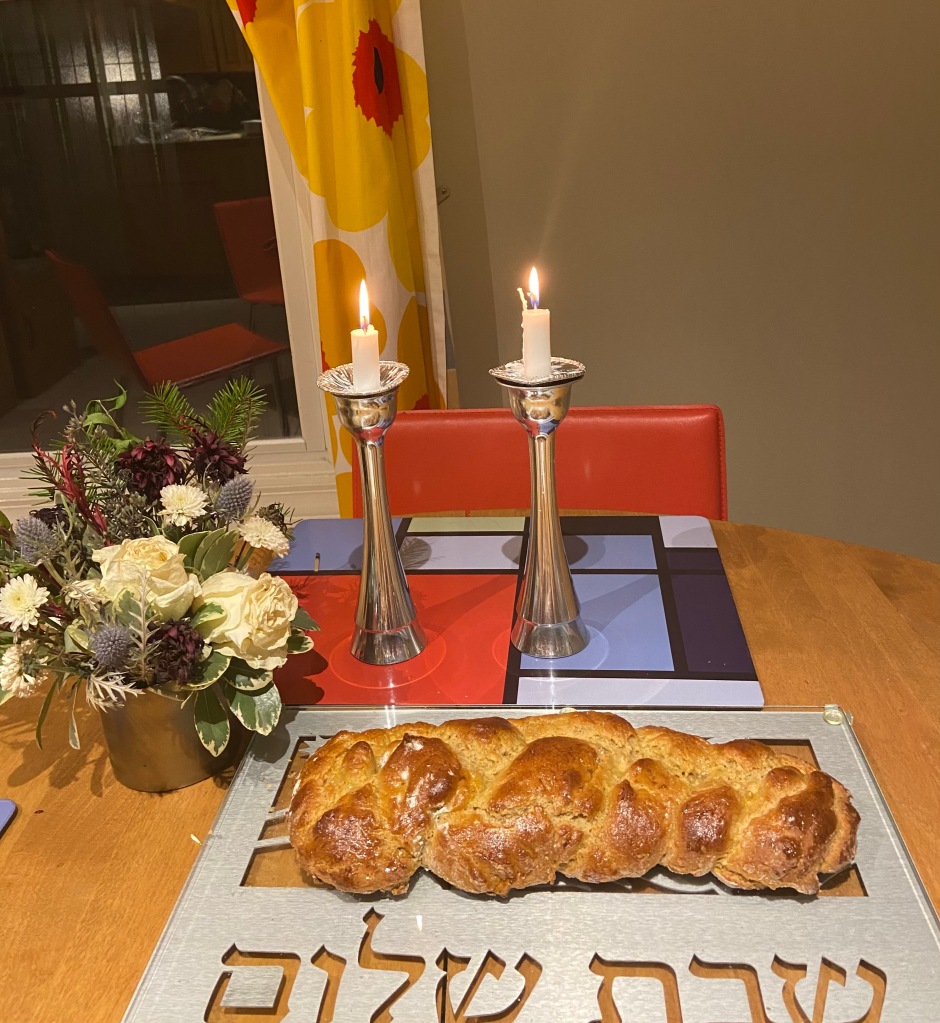
Gluten-Free Braidable Challah
(gluten-free, dairy-free)
A good recipe for braidable gluten-free challah is hard to find. Happily, this recipe makes a fluffy, braidable gluten-free challah that you will love. The dough requires a few special ingredients to help provide extra binding and lift while reducing the stickiness of the dough. If you don’t have these ingredients, see the notes in the story above.
This challah does not store well overnight on the counter or in the fridge, but it freezes beautifully. So if you make it ahead of time or have leftovers, freeze it and defrost when ready to eat.
Ingredients
- 1 teaspoon sugar
- ½ cup warm almond milk, 105°F-115°F
- 1 packet (2 ¼ tsp) yeast
- 3¼ cups gluten-free flour blend (I use Bob’s Red Mill Gluten-Free 1-to-1 Baking Flour)
- ½ cup gluten-free oat flour (grind oats in coffee grinder)
- ½ cup packed brown sugar
- ¼ cup flax meal
- 1 tablespoon egg replacer (yes, use this in addition to eggs, it is a binding agent; you could probably skip if you don’t have it, though I haven’t tested the recipe without it)
- 2 teaspoons baking powder
- 2 teaspoons salt
- 2 large eggs
- 2 egg yolks
- ¼ cup canola oil
- 2 tablespoons apple cider vinegar
- 1 ripe banana, mashed
- Egg wash (1 beaten egg)
Method
- In a small bowl, dissolve 1 teaspoon sugar in 1/2 cup almond milk that is heated to 105°F-115°F (use an instant read kitchen thermometer to test it). Stir in yeast with a fork until dissolved. Let mixture stand until yeast begins to foam, about 5 to 10 minutes.
- In a large bowl, combine gluten-free flour blend, oat flour, brown sugar, flax meal, egg replacer, baking powder, and salt. Whisk with a fork to combine.
- In a mixer with flat paddle attachment (no dough hook needed), beat eggs, yolks, oil, and vinegar, until combined. Beat in mashed banana. Mix in proofed yeast mixture.
- Turn the mixer to low speed and gradually mix in the flour mixture. Mix the dough for 5 minutes on low. (It will be more like a batter, not stiff like regular bread dough.)
- Cover mixing bowl with a tea towel. Put bowl aside in a warm, undisturbed place for 45 minutes to 1 hour to rise.
- After the dough has risen, get ready to shape it. Line a baking sheet with parchment paper. Liberally sprinkle gluten-free flour on your work surface, such as a clean kitchen counter, silicone baking mat, or parchment paper, so that the whole area is floured.
- It is easier to make two smaller loaves, rather than to make one large loaf. To make two loaves of challah, you will need to divide the dough into six pieces. In the mixing bowl, divide the dough roughly in half. From one half, scoop three equal-sized lumps of dough onto your floured work surface.
- Lightly sprinkle some flour on top of each of the balls of dough. With a very light touch and not too much manipulation, roll each ball into a rope of dough. (If dough or surface gets sticky, sprinkle more flour.) Place the three ropes parallel to each other. Pinch the top together and carefully lift each log over the other to braid the dough. If your braid comes apart, just smush it together a bit — you won’t be able to tell once it’s baked. Repeat with the remaining dough to form a second loaf.
- Carefully transfer the braided loaves to a baking sheet. (Or if you braided the challah on a silicone baking mat or parchment paper, transfer the mat or paper to the baking sheet.) Cover loaves with a tea towel and let rise again in a warm place for 30 minutes.
- Preheat oven to 375°F. Brush top of loaves with egg wash. Bake about 30 minutes until golden brown. (If you want, you can check the loaf’s internal temperature. It should reach 190°F.)
- If you have any leftover challah, you must freeze it. If you leave this challah out overnight, it will be like a rock. But the challah freezes and reheats beautifully, so just freeze leftovers and reheat later.
Yield
2 loaves of challah



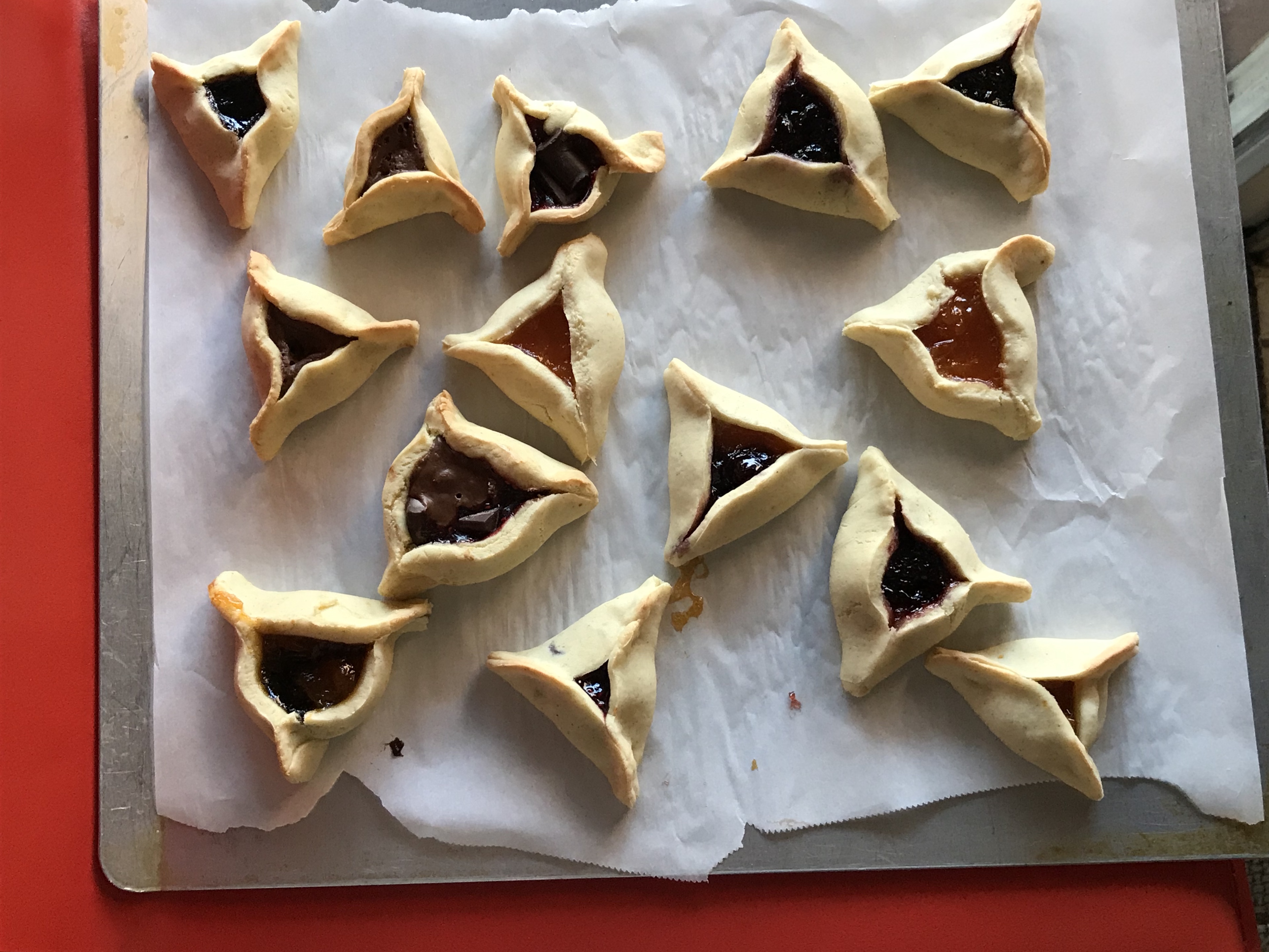
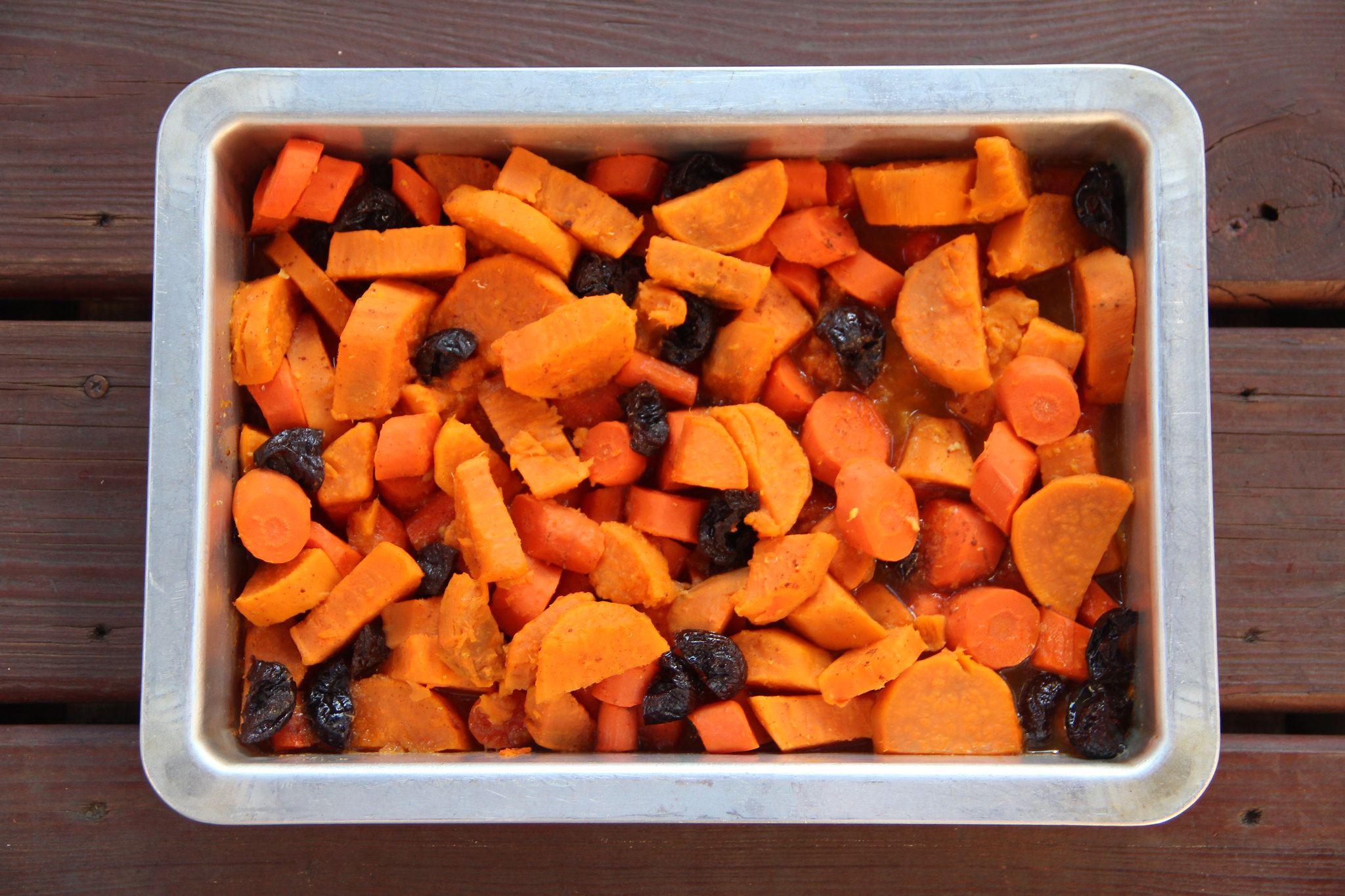
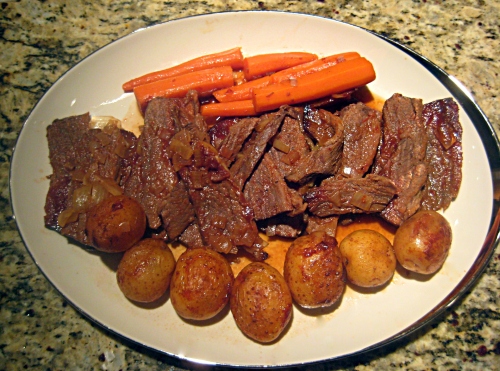
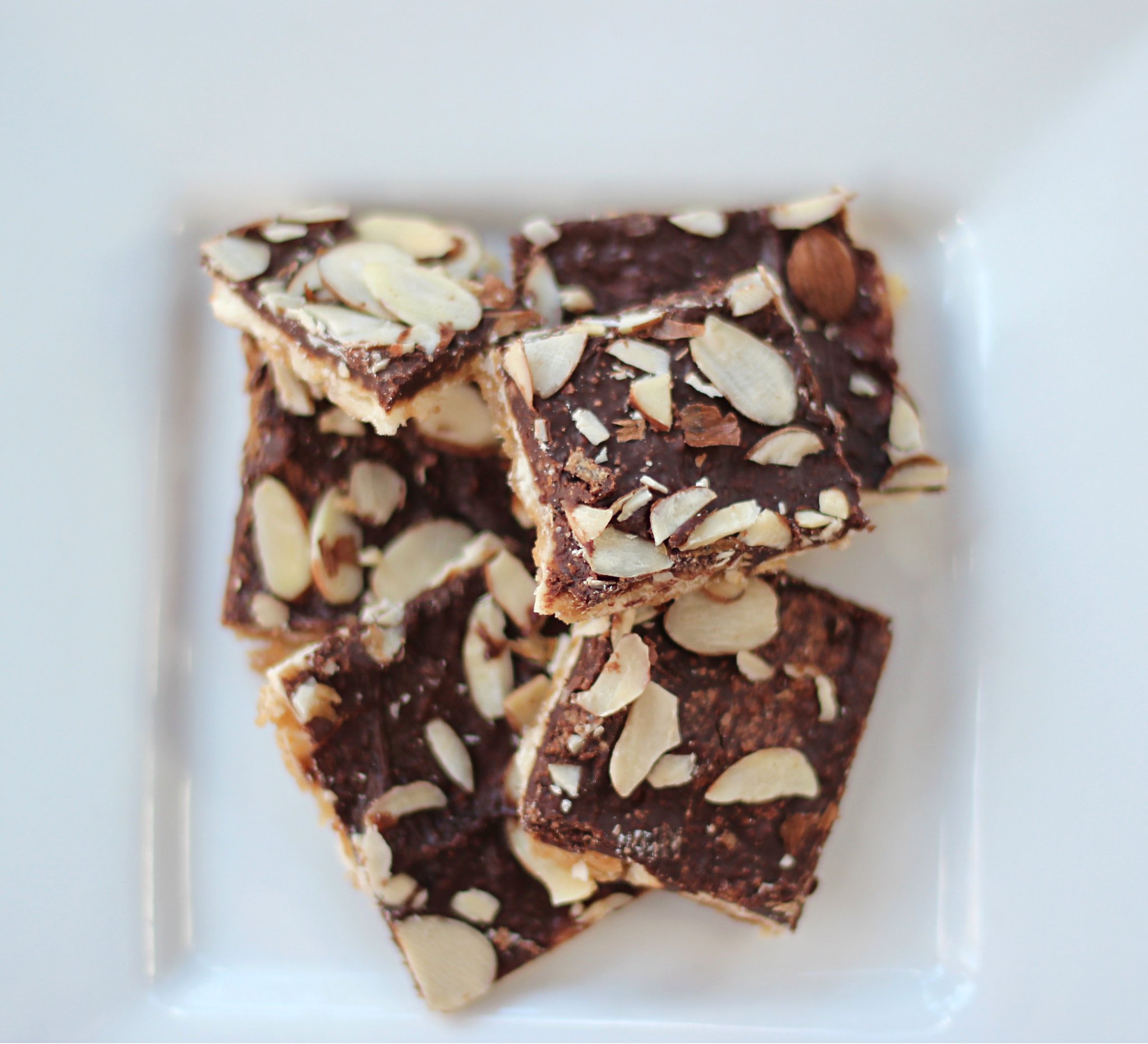
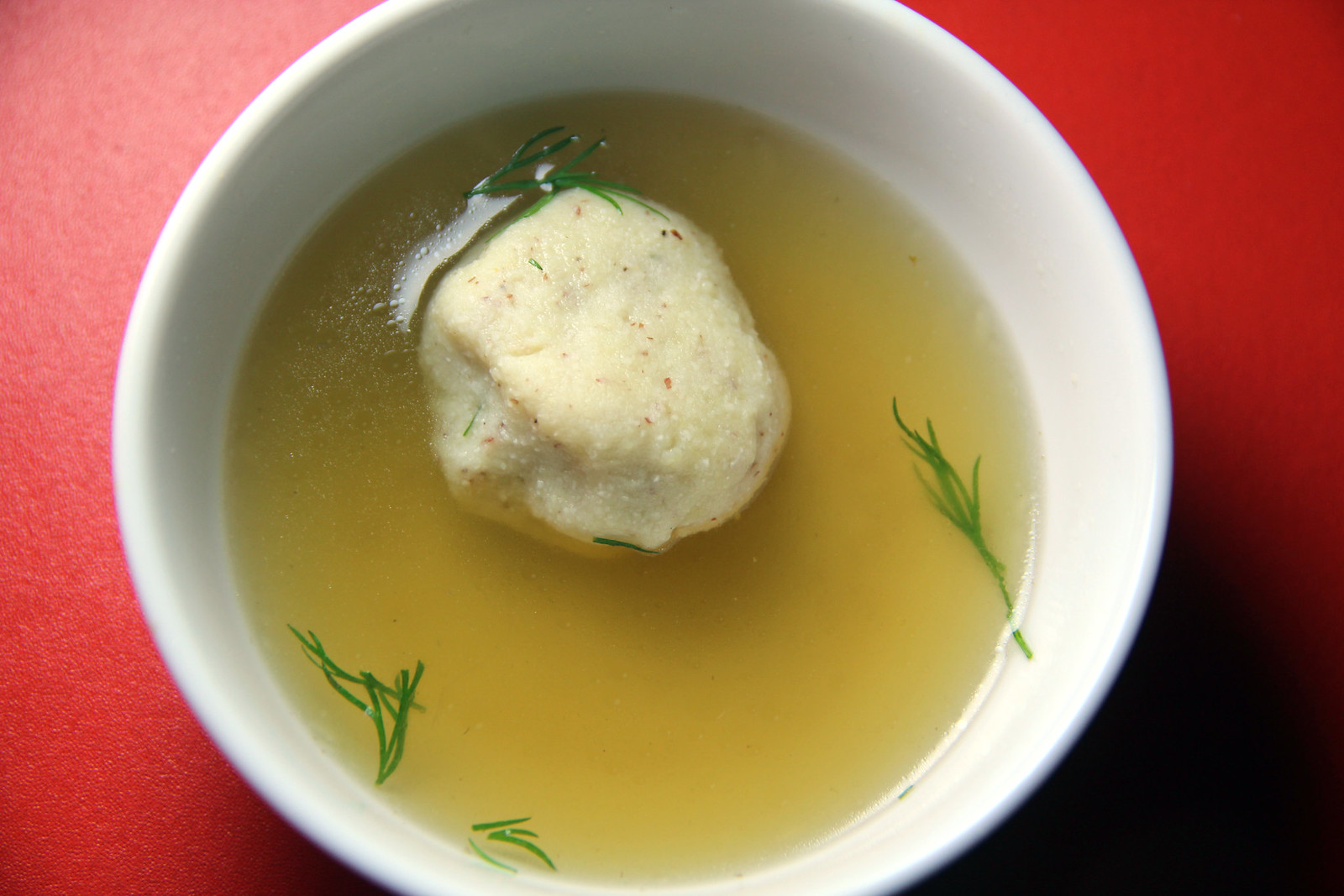
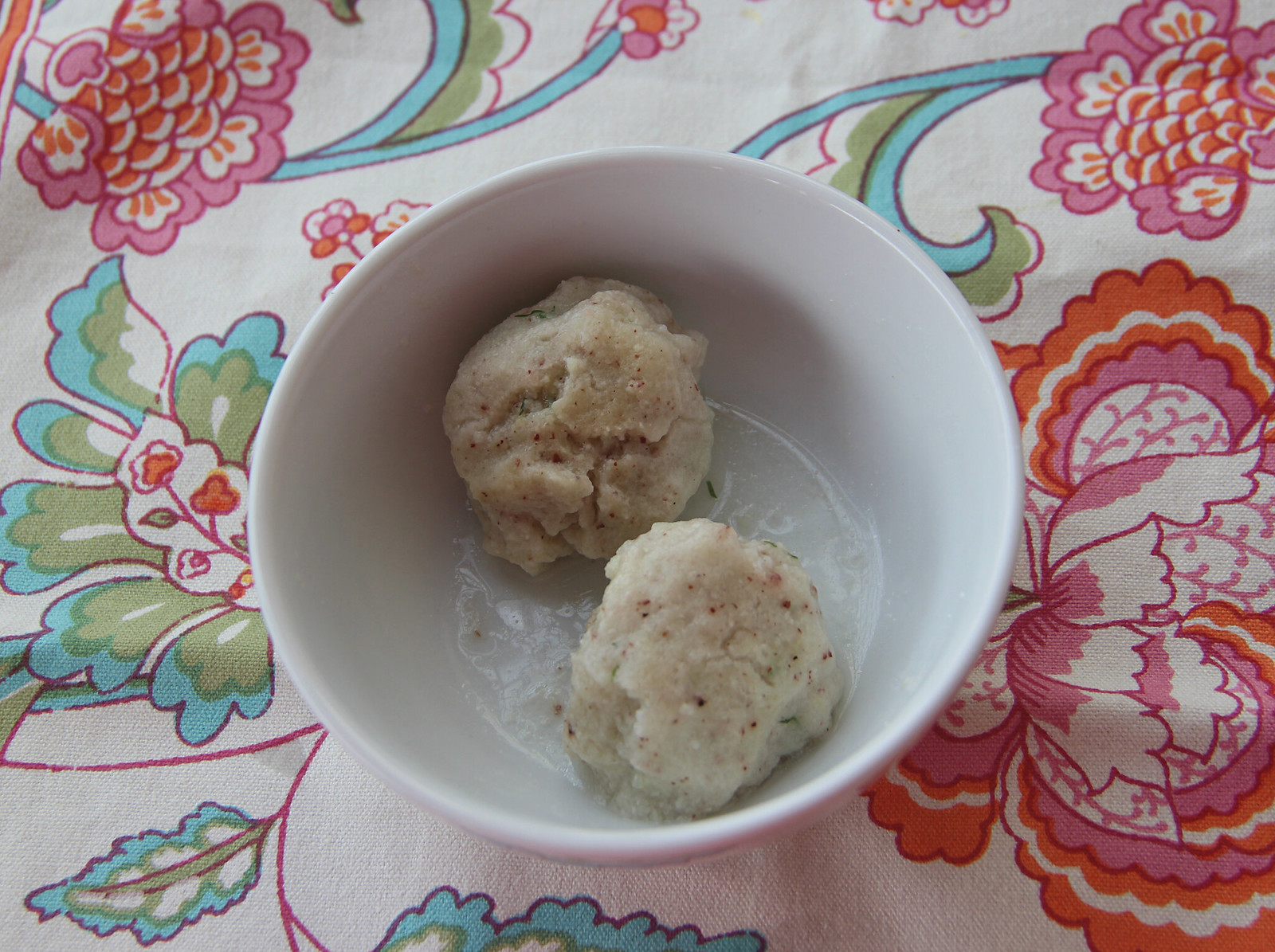


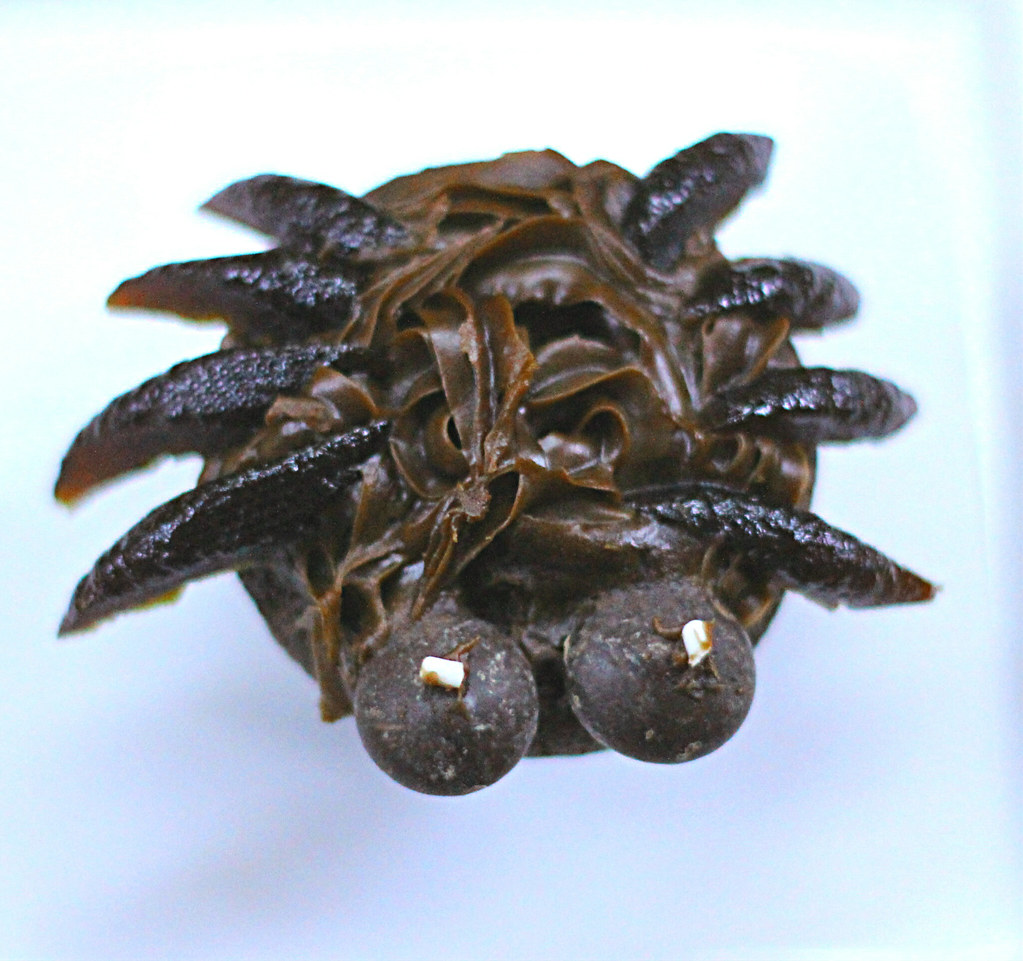
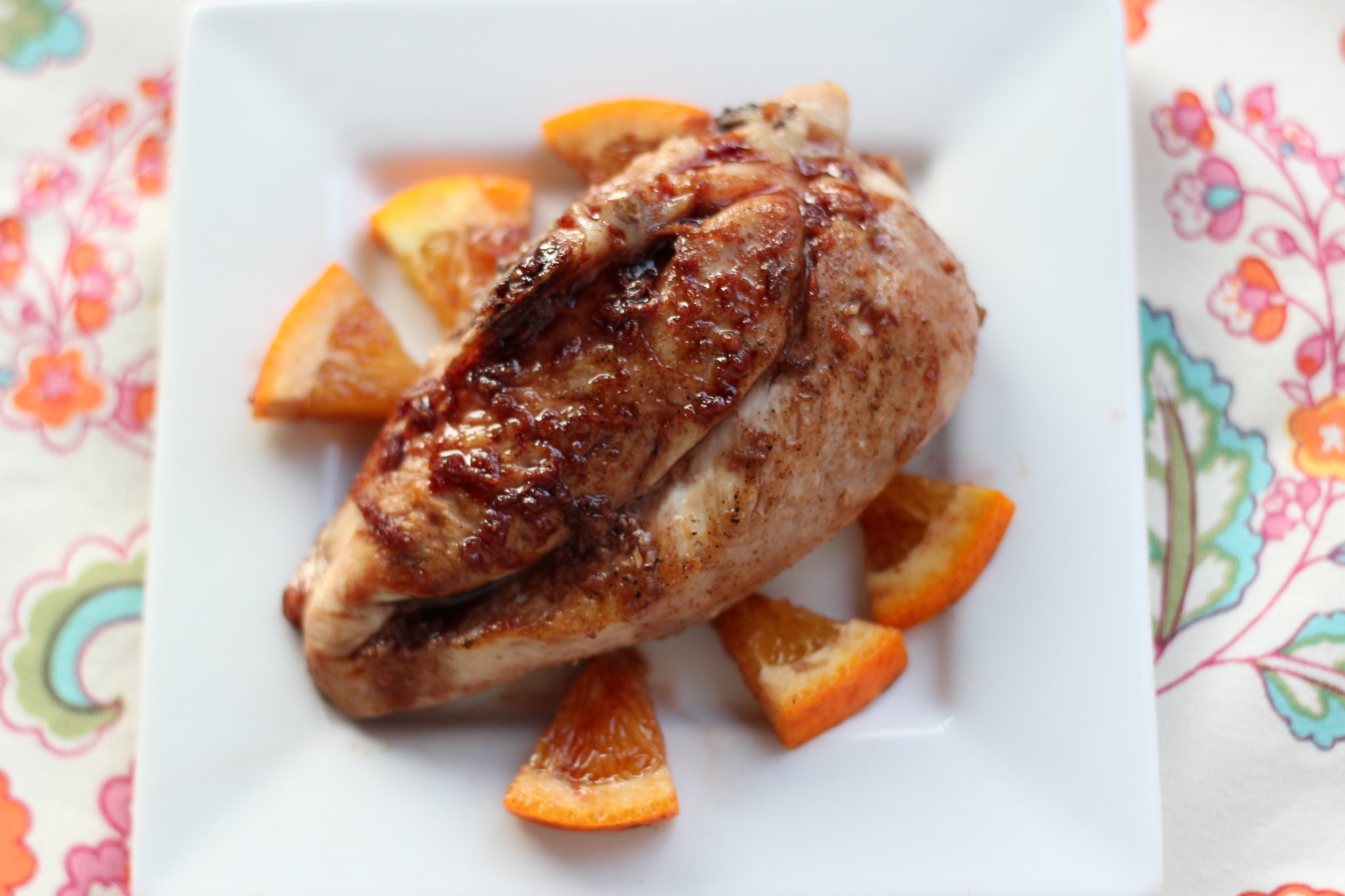
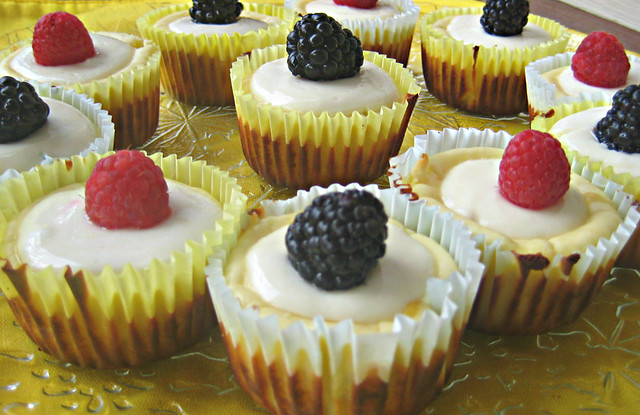


You must be logged in to post a comment.